Did you know that a well-fitted dog pack can carry up to 25% of your dog’s body weight? Yep—your furry best friend can tote their own gear like a champ. Whether you’re heading out for day hikes or planning multi-day adventures, the right dog pack makes a big difference.
But not every pup needs the same pack. Do you have a small dog, a senior dog, or a wild trailblazer with endless energy? Each dog has different needs, and every adventure calls for something a little different.
Curious about what makes the best dog backpack? Keep reading to find the perfect fit for your adventure buddy.
What Is a Dog Pack and Why Use One?

A dog pack is a wearable gear setup that straps onto your furry companion’s back. It lets your dog carry their own gear like waste bags, snacks, or water. It gives your adventure buddy a job and helps burn extra energy on the trail. With adjustable straps, padded straps, and a secure chest strap, the best packs also boost your dog's comfort. It's a smart, fun way to keep your furry friend happy and helpful.
What Dog Packs Are and How They Work
Dog backpacks fit over your dog's shoulders and rest along their body weight zones. Most include saddle bags, belly straps, and a leash attachment point for control. The pack evenly spreads the carrying weight so it’s not hard on your dog's body.
Some models have removable bags or an integrated harness. Reflective trim adds safety for night walks. Choose based on your dog's size, strength, and trip length.
Why Active Dogs Benefit From Wearing a Backpack
An active dog loves to move and think. A dog backpack adds mental and physical challenges during day hikes or multi-day backpacking trips. Carrying lighter loads keeps your furry companion engaged and focused.
It also helps reduce anxious behaviors by giving your pup a clear job. Just match the size pack and dog's weight to make sure they stay comfy. Packs with water-resistant fabric and strong compression straps make all the difference.
Benefits of Using a Dog Pack
A dog pack gives your furry friend a job to do and makes walks way more fun. It helps spread weight evenly, supports your dog's comfort, and frees your hands. Great for hikes, city strolls, or any outdoor fun.
Helps Carry Essentials on Hikes or Walks
A backpack turns your pup into a helpful partner on the trail. With the right setup, your furry companion can carry their own waste bags, treats, or even a small water bottle, freeing up space in your own pack. It keeps their items organized and within reach, especially useful during long hikes or busy walks.
Choose a dog backpack carrier with padded straps and wide adjustable straps so the weight stays comfortable as they move. Some designs come with removable bags, giving you the option to take off the load during breaks or steep climbs. This is especially useful for managing fatigue or adjusting to terrain changes.
Always consider your dog’s size and dog’s weight before loading up. Too much weight can strain their joints or affect balance, so stick to the essentials. A compact pack with well-placed storage bags turns every outing into a smoother, more efficient experience.
Provides Physical and Mental Stimulation
Wearing a pack doesn’t just exercise your dog’s muscles—it keeps their mind active too. Carrying gear gives your pup a sense of purpose, which is especially valuable for dogs who get bored easily or need extra stimulation. The light resistance from the added carrying weight makes even simple walks more engaging.
Mental focus increases as they pay attention to balance and movement. This helps reduce aimless wandering or overstimulation. It also satisfies your dog’s natural instinct to “work,” which can ease excess energy and lead to better behavior at home.
Look for a pack with balanced saddle bag placement and sturdy compression straps that prevent shifting. This lets your dog move freely while staying focused on the task at hand. The right pack becomes more than gear—it becomes a tool to support better overall well-being.
Great for Working Dogs or High-Energy Breeds
Some dogs are wired to stay busy. Breeds like Border Collies, Huskies, Boxers, and German Shepherds love having a job to do, and a dog pack gives them exactly that. These breeds often need more stimulation and longer walks than others, so carrying their own gear helps channel that energy into something productive.
A well-fitted best-dog backpack built for a dog's build and chest girth supports their natural strength and stride. For bigger breeds with strong frames, a larger pack can carry storage bags, training tools, or trail gear. A firm chest strap gives better weight control and helps manage speed or pulling.
These dogs often take to packs quickly because they enjoy tasks that challenge them. Outfitting them with gear turns a regular hike into a satisfying activity that checks all the boxes—movement, focus, and structure.
Encourages Focus and Reduces Pulling
A day pack can make walks calmer and more controlled. Dogs who tend to pull often improve when given light resistance on their back. The pack provides gentle pressure across the dog’s body, which naturally encourages steady pacing and focus.
The extra carrying weight keeps your dog alert, helping reduce erratic movements or darting. It also gives them something to focus on, which helps calm anxious behaviors or hyperactivity. Over time, many dogs become more tuned in and less reactive to passing people, animals, or distractions.
Use a well-fitted integrated harness with a secure leash attachment point for best results. A front-range day pack adds structure that encourages forward movement and balanced steps. With consistent use, walks feel smoother, and your dog stays more in sync with your pace—no dragging, lunging, or zigzagging.
What to Look for in the Best Dog Packs
Not all dog backpacks are made the same. To find the right pack for your furry best friend, you need to focus on comfort, fit, and function. The best packs keep your dog comfortable, balanced, and ready to carry their own gear without a fuss.
Fit and Adjustable Harness Design
ALook for one that fits correctly keeps your pup safe, balanced, and comfortable from start to finish. Poor fit leads to slipping, chafing, or even injury. The design should hug your dog’s body without squeezing or digging in.
Look for packs with multiple adjustable straps across the chest, belly, and shoulders. These let you fine-tune the fit based on your dog’s build, chest girth, and dog’s size. A proper fit helps the pack stay centered and prevents it from sliding to one side mid-walk.
Choose a model that includes either a separate harness or an integrated harness with a reliable leash attachment point. A snug, secure harness also improves control and support on uneven ground.
Weight Distribution and Balance
A properly loaded pack should feel balanced and steady on your pup’s back. Uneven loads can cause soreness, muscle tension, or imbalance during movement. Good distribution helps protect your dog’s shoulders, spine, and hips.
Start by placing heavier items like water close to your dog’s center of gravity. That means packing gear low and near the base of the neck or mid-back—not at the ends. Lightweight items like waste bags or snacks can go in outer pockets.
A balanced load encourages smoother strides, better posture, and fewer distractions. This setup also keeps the carrying weight from pulling left or right, so your pup stays focused and comfortable through every turn.
Durability, Weather Resistance & Material Type
Trail gear needs to hold up against dirt, water, and rough terrain. The best dog backpacks use tough materials that stay strong without sacrificing comfort. Durability matters most on rocky paths, muddy trails, and multi-day backpacking trips.
A good backpack should also have reinforced connection points, like the leash attachment point or handle grips. These spots take the most pressure during walks or lifts. Rugged designs prevent rips, sagging, and premature wear, especially when used often.
For pups who hike regularly or spend time outdoors year-round, material quality is just as important as the fit.
Storage Capacity and Pocket Placement
A well-designed dog pack needs enough room for essentials, but it should also organize them well. If everything bounces around or pulls to one side, your dog will get tired faster and the pack may shift mid-walk.
For bigger dogs with more strength, a larger pack can carry food, storage bags, toys, and even extra leashes. Small dogs need to stick with lighter loads and compact compartments.
Pockets should sit evenly on both sides and hug the dog’s frame without bulging. Side zippers and removable bags give you quick access while also letting you change what your dog carries based on each outing.
When pockets are placed right and packed smart, your furry friend can handle short walks or full-day treks with ease.
Visibility Features Like Reflective Strips
Safety doesn’t stop at fit and function. Visibility is a big deal, especially if you walk early in the morning or close to sunset. A dog pack with bright accents or reflective strips makes your furry companion easier to spot from a distance.
These strips should run along the dog’s shoulders, sides, and near the dog’s leash connection. This gives drivers, cyclists, and other walkers a better chance of seeing your pup in dim light.
Some packs even come with loops for clip-on lights or tags that blink in the dark. These features aren’t just for nighttime—they also help in shaded trails or dense wooded areas.
Reflective gear is simple but powerful. It’s one of the easiest ways to boost safety on any type of adventure.
Safety and Comfort for Long Wear
Long treks and full-day outings require more than a snug fit. Comfort is what keeps your four-legged friend happy, steady, and energized over time. A pack that rubs, shifts, or digs in will ruin the fun and could lead to soreness or skin issues.
Start by choosing a design with wide belly straps, soft padded straps, and a low center of gravity. These features keep the pack from wobbling or putting pressure on sensitive areas like the spine or ribcage.
Factor in your dog’s current shape and stamina. A dog's age, recent health changes, and activity level all influence what they can safely carry and for how long.
Comfort is the one thing your dog can’t ask for—so it’s up to you to make sure every step feels good. A comfy dog won’t just walk better; they’ll look forward to every trip.
Types of Dog Packs
They come in different styles for different jobs. Whether you're out for multi-day adventures or short walks, there's a dog pack that fits your furry friend’s pace. Pick based on the trip, your dog’s build, and what they need to carry.
Hiking and Backpacking Packs
These dog backpacks are made for adventure. They come with removable bags, wide padded straps, and room for storage bags and water. They work well for multi-day backpacking trips and can handle rough trails. Pick one with a strong leash attachment point and even weight distribution.
Make sure it fits your dog’s body weight and chest girth to avoid discomfort. Great for trail dogs who love the wild.
Lightweight Daypacks for Short Walks
A day pack is perfect for short strolls or park visits. These are light, simple, and help your furry companion carry poo bags, treats, or a toy. A front-range day pack offers enough space without slowing them down.
Choose breathable water-resistant fabric and a basic saddle bag layout. These packs are comfy for senior dogs or smaller pups who need lighter loads.
Service or Working Dog Packs
Working dogs need smart, helpful gear. These packs often have labels and pockets for their own gear like ID or waste bags. They fit strong breeds like German Shepherds and Labs. Most include a chest strap and tight belly straps for control.
A dog backpack carrier for service use might also include a separate harness. These packs help your dog comfortable while staying on task.
Tactical Packs With MOLLE Attachments
Tactical packs offer serious storage with MOLLE-style webbing. They let your adventure buddy carry extra pouches or gear. These are built tough with compression straps, heavy-duty fabric, and extra room for carrying weight.
Ideal for experienced dog owners going on long missions or training runs. A strong integrated harness and padded fit make it good for big, active breeds who need a job to do.
Insulated Packs for Carrying Water or Snacks
Insulated packs help your furry best friend carry cool drinks or fresh snacks. They keep items cold and stop spills on the go. Look for thick water-resistant fabric and leak-proof pouches. The best dog backpack in this category will have storage bags that balance the dog’s weight and fit snugly against their sides. Handy for multi-day trips, picnics, or just warm-weather walks.
Best Dog Packs to Consider
Ready to find the best dog backpack for your furry friend? These top picks are loved by outdoor lovers and dog owners alike. Each one shines in its own way, from fit to storage. Let’s break them down so you can pick the right pack for your next trail adventure.
Best Overall Hiking Pack – Ruffwear Approach Pack

The Ruffwear Approach Pack is built for serious trails. It has weight-forward saddle bags and a tight compression strap system to keep items stable. Dogs can carry their own gear with the help of breathable fabric and five adjustable straps.
A reinforced leash attachment point, padded straps, and reflective trim add safety and comfort. It works great for multi-day adventures and helps balance your dog’s body weight without slowing them down.
Best Lightweight Daypack – Outward Hound DayPak

The Outward Hound DayPak is a top choice for light trips. Its day-pack style includes four expandable pockets to fit poop bags, snacks, and more. Made with breathable mesh and bright colors, it’s perfect for day hikes.
The adjustable straps help match your dog's size, and the soft fit is ideal for senior dogs or lighter loads. Great for keeping your furry companion active and stylish on the go.
Best Budget-Friendly Pack – OneTigris Hoppy Camper Dog Pack

The OneTigris Hoppy Camper Pack delivers value and durability. It features a Y-shaped chest piece for easy movement and a padded mesh lining for comfort. The removable bags hold storage bags, treats, and toys.
Its vintage look suits trail dogs with style, and the adjustable straps fit varying lengths and breeds. This budget-friendly dog pack uses cotton canvas and stainless-steel D-rings for strong, long-lasting adventure gear.
Best Dog Pack for Backpacking – Kurgo Baxter Dog Backpack

The Kurgo Baxter Dog Backpack is built for long treks and serious trail time. It features two spacious saddle bags to carry carrying weight like food or water. The pack fits dogs 30 to 85 pounds, with a snug design and padded straps for all-day wear.
A leash attachment point at the rear and reflective trim boost control and safety. Perfect for multi-day backpacking trips with your adventure buddy.
Best Breathable Option for Large Dogs – Mountainsmith K-9 Dog Pack

The Mountainsmith K-9 Dog Pack offers cooling comfort for bigger breeds. Mesh panels and foam padding increase airflow against your dog’s body. With a padded handle, roomy panniers, and an integrated harness, your furry best friend stays comfy.
Reflective trim boosts visibility. A strong chest strap and smart shape fit your dog’s build while evenly distributing carrying weight. This pack was made for four-legged friends who live on trails.
Best for Small Dogs – Ruffwear Front Range Day Pack

The Ruffwear Front Range Day Pack is perfect for small dogs who still want a big adventure. The low-profile saddle bags and foam-padded design make this pack easy to wear for long walks. It offers five adjustment points to match your dog’s size and dog’s comfort.
The reinforced handle helps with lifting, and the front range leash clip keeps control simple. Reflective accents add safety for your furry companion on short or long trips.
Best Tactical Pack – OneTigris Tactical Dog Molle Backpack

The OneTigris Tactical Dog Molle Backpack gives your dog space, comfort, and strength. This backpack carrier uses tough 1000D nylon and mesh lining for breathability. Its side pouches and bungee cords hold water, waste bags, and gear.
Hidden zippers protect the fur and avoid snags. With a sturdy grab handle, hook-and-loop belly strap, and UTX-Duraflex buckles, it stays in place on all dog's ages and sizes. Great for working breeds with big energy.
Best Weatherproof Design – Cesar Millan Dog Backpack With Reflective Straps

The Cesar Millan Dog Backpack is designed for high-energy dogs who need a job. It’s durable, breathable, and water-repellent—perfect for multi-day treks. With reflective trim, stretchy straps, and a padded underside, your furry friend stays safe and cool. This larger pack fits dogs from 80 to 120 pounds, offering a snug fit around the chest girth. It turns regular walks into real workouts and gives purpose to those extra zoomies.
How to Fit and Adjust a Dog Pack Safely
Getting the right pack fit is key for your furry friend’s comfort. A well-fitted pack spreads the carrying weight evenly, avoids pressure on the dog’s shoulders, and stays secure during movement.
Measuring Girth, Neck, and Back Length
Before choosing a dog backpack, grab a soft tape measure. You’ll want to match the pack to your dog’s size and shape.
- Measure the chest girth around the widest part of the dog’s body, just behind the front legs.
- Measure the neck where a collar would sit.
- Measure back length from the base of the neck to the start of the tail.
Use these numbers to match sizing charts and find the best backpack that fits snugly with adjustable straps and a comfy chest strap.
How Much Weight Can Your Dog Carry?
A good rule is to keep the dog carry load between 10–15% of your dog’s body weight. Keep it light and practical.
- Small dogs: 5–10%
- Medium dogs: 10–12%
- Larger pack breeds: up to 15% if strong and healthy
- Senior dogs: stick to very light loads
Always check your dog’s age, health, and energy before packing The right pack should carry own gear like poop bags, a water bowl, or small treats without straining your furry companion.
Checking for Chafing or Overheating
Always check your furry best friend’s skin after a walk. Look around the belly straps, padded straps, and dog’s shoulders for any redness or irritation. Mesh padding and breathable materials help keep them cool. Watch for heavy panting or drooling, which can be signs of heat stress.
If your dog's comfort turns into fussy or itchy, it might be time to readjust. Keep water handy and take breaks on hot days.
When to Use a Dog Backpack
A pack is more than just cute gear. It gives your furry friend a job and makes everyday walks or big hikes more fun. Here’s when adding a pack to your routine makes total sense.
Hiking Trails, Camping Trips, or Outdoor Travel
Long hikes and multi-day adventures call for the best dog backpack. Your pup can carry storage bags, snacks, or a collapsible bowl with ease. Choose one with padded straps and compression straps to hold things steady.
Add a solid leash attachment point for control during tricky parts of the trail. These packs help spread the weight evenly, making long days safer for your adventure buddy.
Urban Walks With Gear Like Poop Bags, Keys, or Treats
Even short walks can use a dog pack. A simple day pack holds small essentials like poop bags, keys, or snacks. For city strolls, go with tested dog backpacks that include reflective trim for safety.
Look for a comfy integrated harness and lighter loads that won’t weigh your pup down. Great for dog owners who love keeping their hands free and their furry companion helpful.
Mental Stimulation for Overactive or Anxious Dogs
Dogs with lots of energy or anxious behaviors often feel calmer with a task. Wearing a dog backpack carrier adds focus and structure to their walk. It works especially well for four legged friends who thrive with routine.
Fill the pack with light own gear like waste bags or toys. The pressure from the pack and the sense of purpose help your furry best friend stay calm and alert.
Are Dog Backpacks Safe for All Breeds?
Most dog backpacks are safe when used the right way. Fit, dog's weight, age, and energy level all play a role. Breeds come in many shapes, and not every pup will enjoy carrying weight. With the right pack, even small dogs can join in. Just make sure it suits your furry friend’s build, comfort, and needs.
Considerations for Puppies, Seniors, or Brachycephalic Breeds
Some dogs need special care before wearing a backpack. Here’s who needs extra attention and how to help them out.
Puppies Still Growing
Young pups are still developing. Their bones, joints, and muscles aren’t ready for even lighter loads. Carrying extra weight too early can impact their long-term mobility or cause soreness.
- Wait until your dog is fully grown (usually 12–18 months)
- Use basic obedience walks instead of packs for exercise
- Talk to your vet before introducing any kind of load-bearing gear
Senior Dogs With Mobility Changes
Aging dogs often experience stiffness, joint aches, or balance issues. A heavy pack could make walking uncomfortable or increase the chance of injury.
- Only use very light loads for senior dogs
- Keep outings short and on soft surfaces
- Choose padded straps, wide belly straps, and breathable designs to reduce pressure
Flat-Faced Breeds Like Pugs or Bulldogs
These dogs (also called brachycephalic breeds) tend to overheat easily and may have trouble breathing during activity. Adding weight only makes it harder for them to stay cool and comfortable.
- Avoid walking during warm weather or in humid climates
- Pick a breathable day pack with water-resistant fabric
- Always bring water and take breaks in shaded spots
Tips for Gradual Training and First-Time Use
First time with a dog backpack? Make it fun and stress-free. Here’s how to ease your furry best friend into their new gear.
- Start Indoors First. Let your pup wear the empty pack inside for short sessions. This helps them get used to the feeling before adding weight.
- Add Weight Slowly. Begin with just a small item or two, like waste bags or treats. Slowly build up to their safe body weight range over time.
- Keep Walks Short at First. Early walks should be quick and easy. Choose smooth paths with no hills. Praise and treat often to build positive vibes around the pack.
How Long Can a Dog Wear a Backpack Safely?
Most dogs can wear a dog pack comfortably for 30 to 60 minutes, depending on the terrain, temperature, and their physical condition. This timeframe works well for walks, light hikes, or park outings.
On longer day hikes or multi-day backpacking trips, make sure to stop every 30 minutes for a water break and gear check. Look over the dog’s shoulders, chest, and belly for signs of rubbing, redness, or moisture buildup. Wet straps or sweaty skin can quickly turn into irritation or chafing.
Key tips for safe wear time:
- Keep pack contents under 15% of your dog's body weight
- Use compression straps to hold items in place and avoid shifting
- Ensure weight evenly balances across both saddle bags
- Remove the pack immediately if your dog shows signs of fatigue or overheating
Taking a break, adjusting the fit, and rechecking the leash attachment point can make all the difference between a great walk and an uncomfortable one. Your furry companion's comfort should always come first.
Dog Pack Mistakes to Avoid
A dog pack can be a great tool, but only if used the right way. Skipping proper fit or adding too much weight can hurt your furry friend. Here are common mistakes dog owners should steer clear of.
Overloading the Backpack
Stuffing the pack with too much gear is one of the biggest mistakes. Dogs should only carry about 10–15% of their body weight, and that includes food, waste bags, or water. A heavy larger pack can cause sore muscles and even strain the dog’s shoulders or back.
Stick to lighter loads and check that the carrying weight is balanced. Choose the right pack size and adjust it often during the trip to keep your dog comfortable.
Using the Wrong Fit or Harness Style
Fit matters more than anything. A pack that’s too loose may shift, rub, or slip, while a tight one can pinch or cause irritation. Always measure your dog’s chest girth, dog’s weight, and dog’s size before buying.
Look for packs with adjustable straps, a good chest strap, and a secure leash attachment point. If your pup has a unique shape, go for a separate harness or one with a more custom fit.
Ignoring Signs of Discomfort or Fatigue
Missing the warning signs can lead to injury. Watch for:
- Lagging Behind. If your furry companion slows down or stops often, the pack might be too heavy or poorly balanced.
- Panting or Drooling Too Much. This can mean overheating. Choose packs with breathable material and take breaks often.
- Chewing or Scratching at the Pack. Your pup may feel sore or uncomfortable. Check the padded straps and belly straps for rubbing.
Always listen to your four-legged friend’s body language. A comfy pup is a happy trail buddy.
FAQs About Dog Packs (What Pet Parents Often Ask)
Still have a few questions before you strap that backpack on your pup? Here are answers to the most common ones from curious dog owners just like you.
Can Dogs Wear Backpacks Every Day or Just on Hikes?
Dogs can wear a dog backpack on daily walks if it fits well and the load is light. A quick stroll with lighter loads like poop bags or keys gives your furry friend a fun job to do. Use padded straps and watch for signs of soreness. Skip the pack on very hot days or after long play sessions. It’s all about balance and comfort.
What Are Some Training Tips for First-Time Users?
Training your furry companion to wear a pack takes time and patience. Make it easy with these beginner-friendly tips.
- Start Indoors and Let Them Explore the Pack Empty. Let your pup sniff and wear the empty pack around the house. It builds trust without adding pressure.
- Slowly Add Weight in Short Increments. Begin with very light items like waste bags or a folded towel. Add a little more over time as your dog gets used to the carrying weight.
- Pair the Backpack With Positive Reinforcement. Use treats and praise when they wear the pack. This helps your four-legged friends associate it with fun, not stress.
What Should I Pack in My Dog’s Backpack?
Keep it light and useful. Pack poo bags, collapsible bowls, a little water, and a treat or two. Add storage bags for snacks and small gear. Make sure the total stays under your dog’s bodyweight limit. The best dog backpacks have room for essentials without bulk. Always balance items to keep weight evenly spread on both sides.
Is It Safe for a Dog to Carry Water in Their Pack?
Yes, it’s safe if done right. Use small bottles and place them low in the saddle bag area. Water adds carrying weight, so make sure your dog's size can handle it. On longer day hikes, bring extras for refills. Choose packs made with water-resistant fabric and compression straps to keep the load steady.
Do Dog Backpacks Help Reduce Leash-Pulling Behavior?
Yes, a dog pack can help with leash manners. The added weight gives your furry best friend something to focus on. Wearing a pack can calm anxious behaviors and keep your pup more controlled during walks. Many dog owners see less pulling when the dog wears a snug, well-fitted backpack carrier. Just make sure the dog’s leash clips to a strong leash attachment point.
Final Thoughts – Best Dog Packs for Your Adventure Pup
Finding the best dog pack is all about comfort, fit, and fun. From short strolls to multi-day adventures, the right gear helps your furry best friend carry their own gear with confidence. Look for adjustable straps, padded straps, and smart storage to keep the trail smooth. Always watch your dog's body weight and energy levels to stay safe.
When it’s time to wind down after a big day out, give your pup or kitty some extra love with HolistaPet’s calming CBD treats and wellness chews. They’re a great way to soothe tired paws and support a happy routine. Because every four-legged friend deserves care on and off the trail.



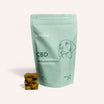


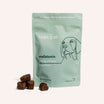
![Probiotics For Dogs [Soft Chews] - HolistaPet](http://www.holistapet.com/cdn/shop/files/Probiotic-Infographic-1_472d7a29-e30c-435a-9638-1365d8c3a9f9.jpg?v=1725384841&width=104)
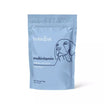



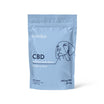
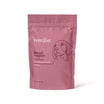
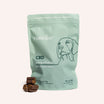

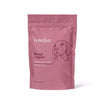
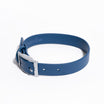
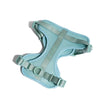
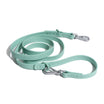

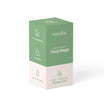
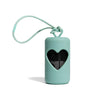
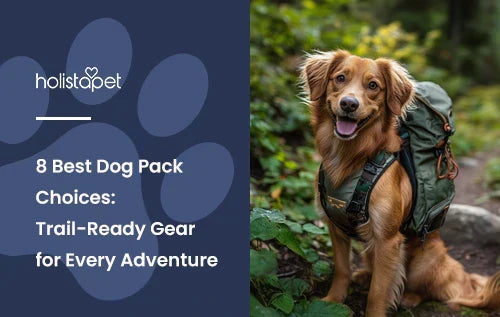


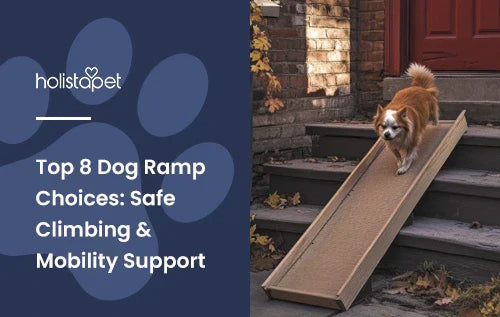

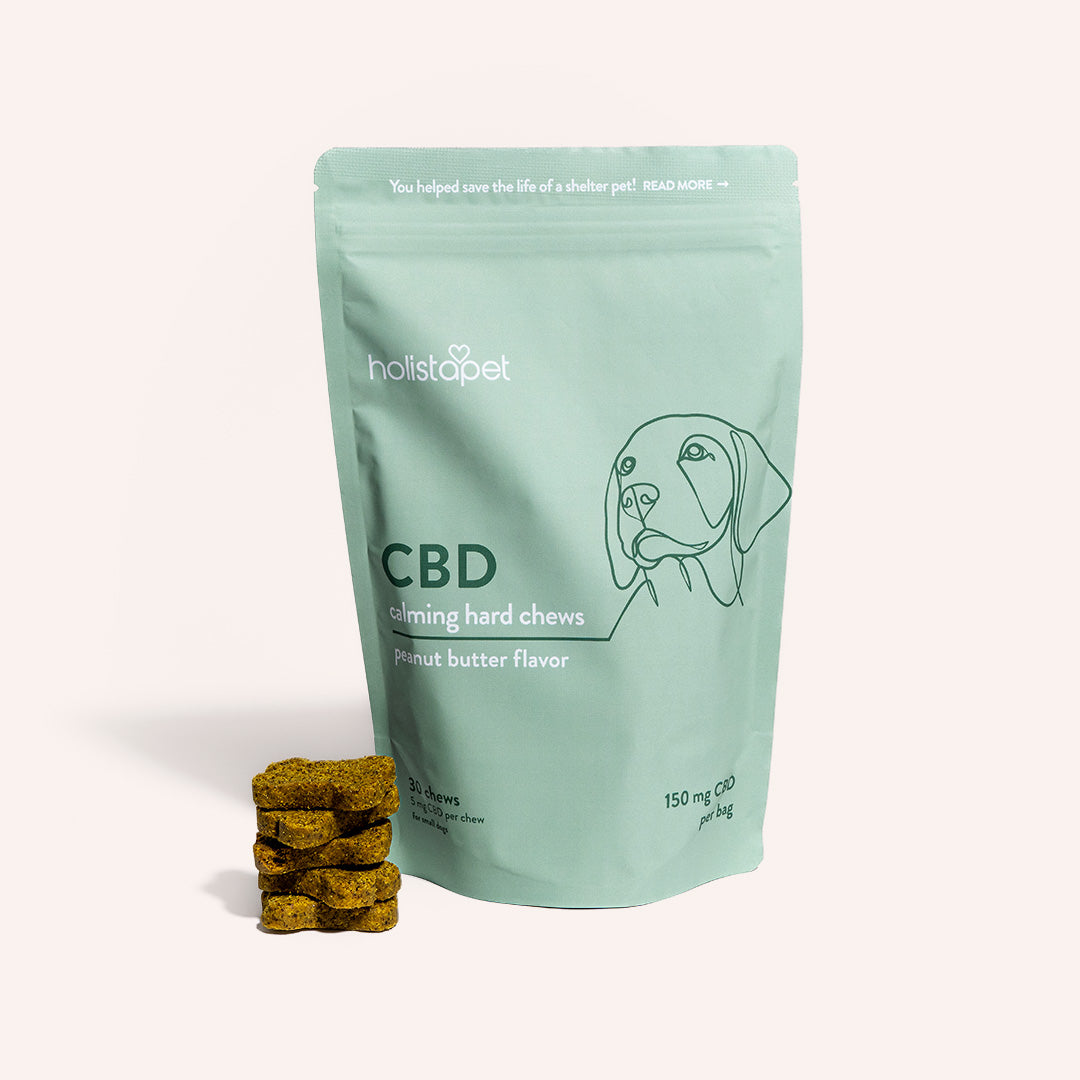


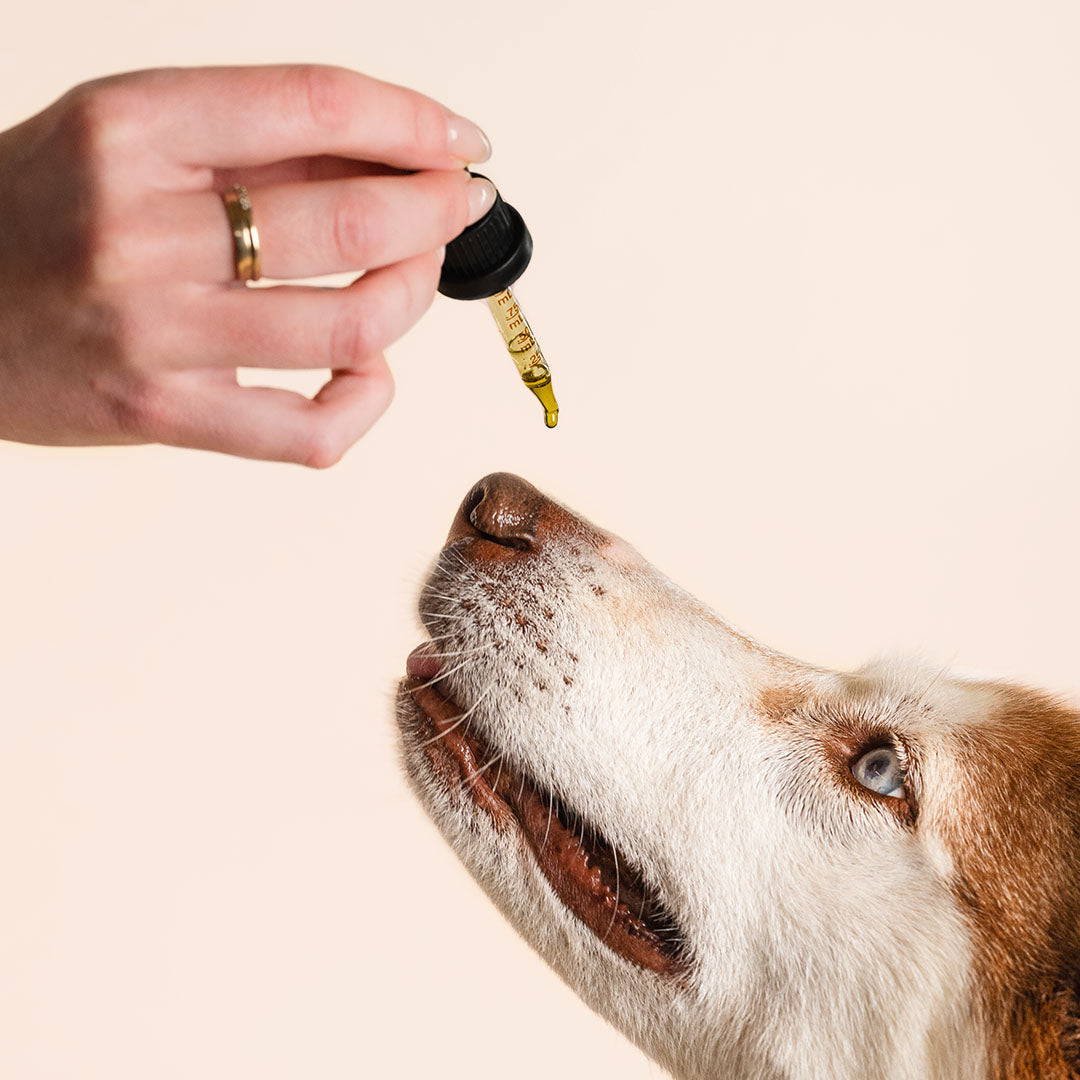


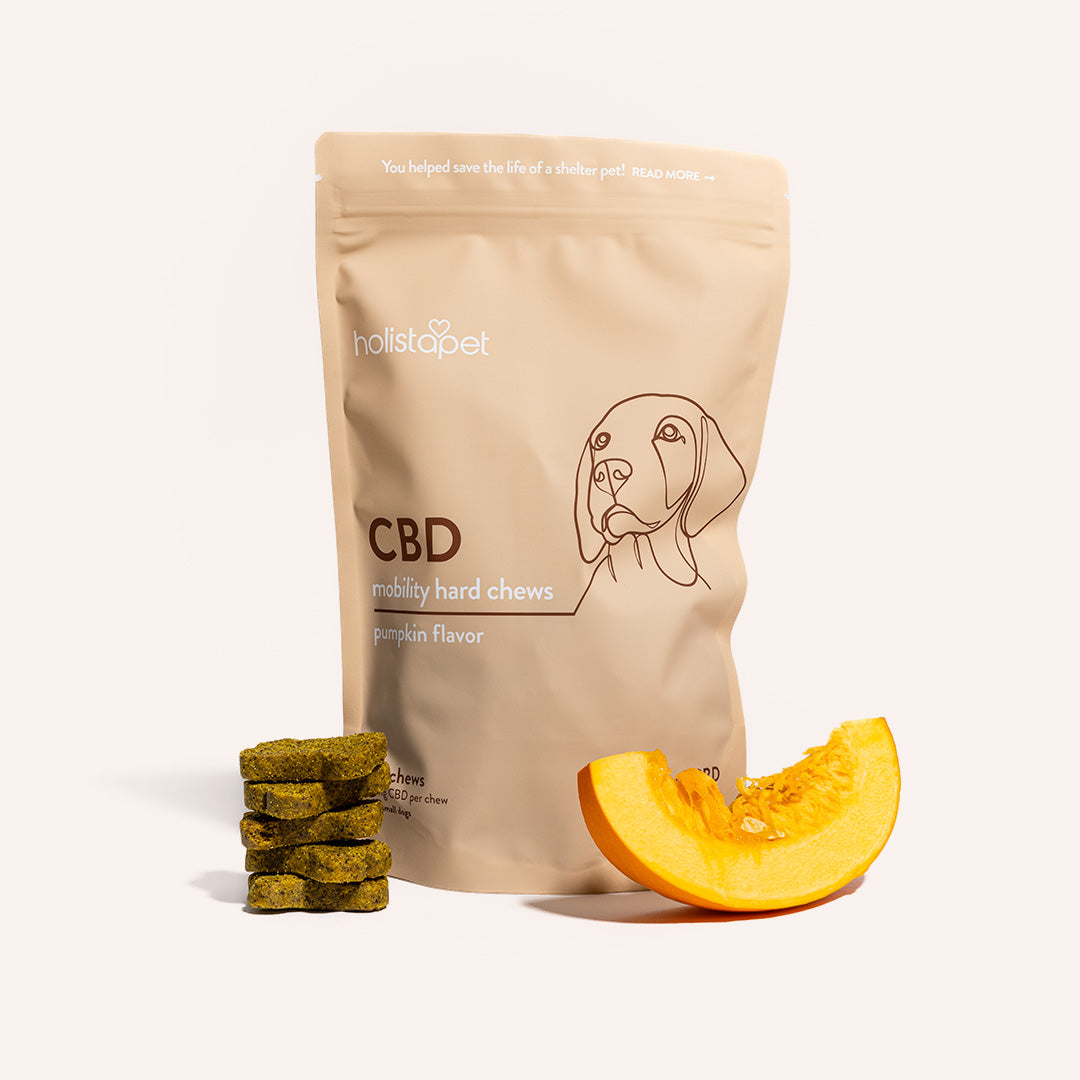



Leave a comment
All comments are moderated before being published.
This site is protected by hCaptcha and the hCaptcha Privacy Policy and Terms of Service apply.